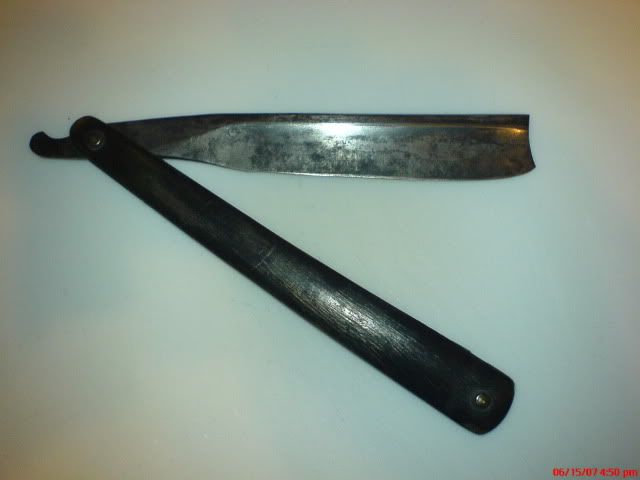So what do the beardless ones shave with in PC camps? I ask as I'm a straght razor shaver and for me the older the better. But it dawned on me that I have no clue what was used short of the blade itself.
So if anyone knows what kind of brush and lather was used durring the different periods I would be greatful
I'm sure others would like to know as well (at least I hope I'm not the only nut looking into this )
)
So if anyone knows what kind of brush and lather was used durring the different periods I would be greatful
I'm sure others would like to know as well (at least I hope I'm not the only nut looking into this





